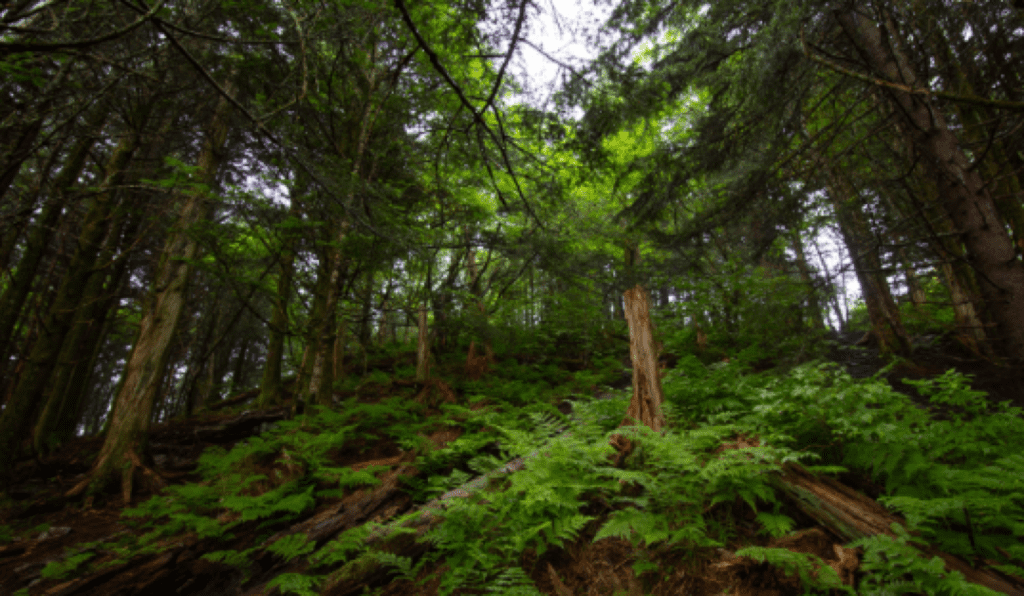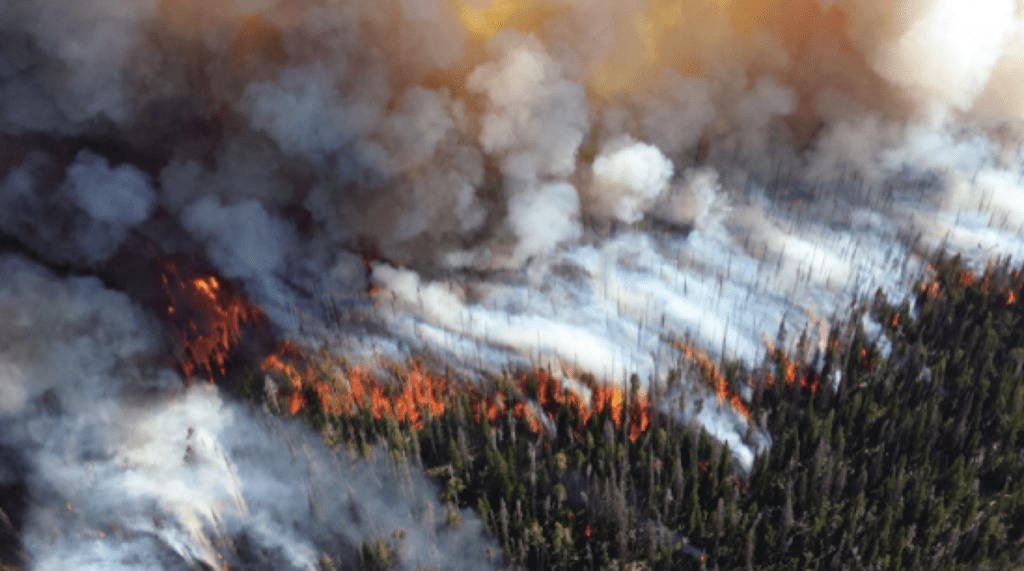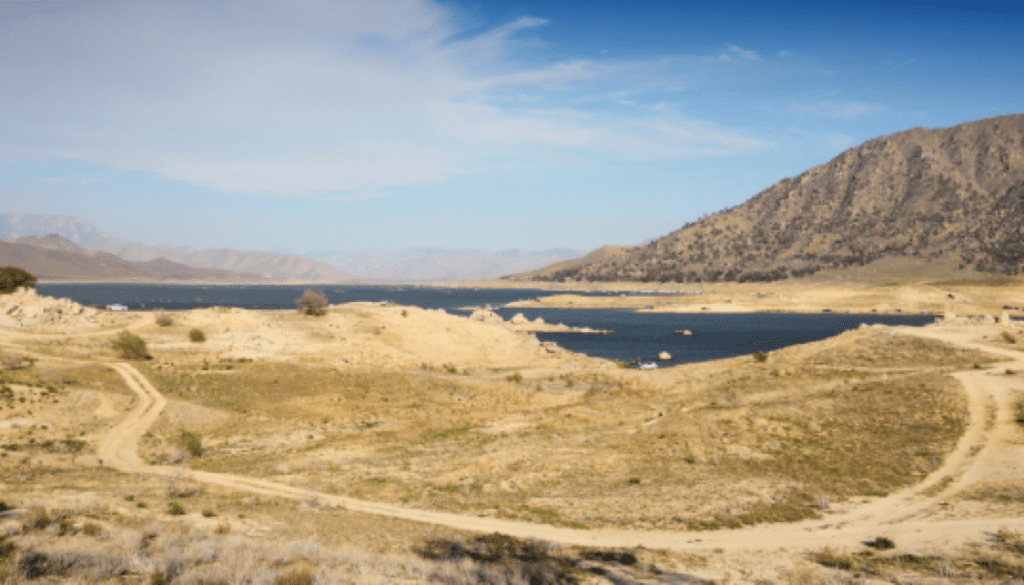Daniel Salzler No. 1115
EnviroInsight.org Four Items September 16, 2021
—————Feel Free To Pass This Along To Others——————
If your watershed is doing something you would like others to know about, or you know of something others can benefit from, let me know and I will place it in this Information newsletter.
If you want to be removed from the distribution list, please let me know.
Please note that all meetings listed are open.
Enhance your viewing by downloading the pdf file to view photos, etc. The
attached is all about improving life in the watershed. If you want to be removed from
the distribution list, please let me know. Please note that all meetings listed are open.
Enhance your viewing by downloading the attached pdf file to view photos, etc.
The attached is all about improving life in the watershed.
Read this newsletter at EnviroInsight.org
1. The Bite Continues Everywhere. 2021 is a terrible year for mosquitoes in Arizona and elsewhere.
There is something in excess of 40 different species of these insects in the state and most of them are not likely to be a concern for residents. However, there are several local varieties that could transmit serious diseases. The key species of mosquitoes in Arizona are:
Western encephalitis mosquito, Culex tarsalis [In Maricopa County, there is particular concern with mosquito-borne encephalitis (sleeping sickness).] Source: https://www.maricopa.gov/2467/Mosquitoes-in-Your-Neighborhood
- Western encephalitis mosquito, Culex tarsalis [In Maricopa County, there is particular concern with mosquito-borne encephalitis (sleeping sickness).] Source: https://www.maricopa.gov/2467/Mosquitoes-in-Your-Neighborhood
- Southern house mosquito, Culex quinquefasciatus
- Yellow fever mosquito, Aedes aegypti
- Western malaria mosquito, Anopheles hermsi
- Inland floodwater mosquito, Aedes vexans
- Dark rice field mosquito, Psorophora columbiae
- Asian tiger mosquito, Aedes albipictus
Mosquitoes have become increasingly resistant to insecticides, according to a study published in PLOS Biology Journal, last year. In addition to using bug zappers, Off Deep Woods, Citronella candles, you might try to pour some cedar oil (available on line from Walmart, Amazon, Lowes, Home Depot and other home stores) in a small container and let the volatile oils repel the mosquitoes.
Researchers at North Carolina State University spent 10 years and $2.5 million in grants developing mosquito-proof clothing. Using a mathematical model and a computer design program, they wove polyester and elastane garments with tight pores and a specific thickness to account for the morphology of mosquitoes. In tests, the garments were 100% effective. The garments will be available soon from Vector Garments. Source: Wall Street Journal, Sept 10, 2021.
New technology designed to genetically control disease-spreading mosquitoes
CRISPR-based system developed to safely restrain mosquito vectors via sterilization
Source: September 10, 2021 University of California – San Diego
Summary:
Using CRISPR, scientists have created a new technology for controlling mosquitoes. The precision-guided sterile insect technique alters genes linked to male fertility and female flight in Aedes aegypti, the species responsible for spreading diseases including dengue fever, chikungunya and Zika. Read the entire article at Science Daily Sept 10, 2021
2. Stop Tossing Away Nearly 500 Million Plastic Straws Every Day. And these straws are either tossed into a waste can destined for the landfill or litter the landscape until they are washed into a sewer, creek or river.
Instead of taking the plastic straws given you when ordering a beverage from a fast-food restaurant, keep a supply of paper straws (found at Fry’s, Sprouts and other stores).


Depending on how thirsty you are, it might take you less than five minutes to swig back the contents of a drink with a plastic straw, but it takes the ocean 450 years to break down the plastic.
Paper straws can last up to four hours before they start to break down in your beverage glass [Source: https://www.tembopaper.com/news/do-paper-straws-get-soggy]. Once in the recycle bin and /or landfill, they can decompose rapidly as long as there is no plastic liner.
When having a backyard picnic or when camping, consider using cutlery (knives, forks, spoons) that when discarded,

3. Five Ways Climate Change Impacts Forests. Forests occupy nearly a third of Earth’s land surface, providing humans and countless other species with a wide range of benefits and services — from ecological functions such as water and air purification to goods such as lumber and paper.

But according to a recent report released by the United Nations, climate change is expected to worsen over the next century as greenhouse gas emissions continue to increase, a trend that experts say will have consequences for the health of forests worldwide.
One. Tree Migration. In response to climate change, some tree species will shift their ranges and migrate into landscapes in which they don’t typically grow.
Climate change can create new habitats for tree species and make existing habitats unsuitable. And like any other living thing, trees go where they can survive. This process is already underway.
Some tree species are migrating uphill and northward as temperatures increase, while other species are migrating downhill and westward as changing precipitation patterns create drier conditions.
Two. Forest Fires. Since 2000, an annual average of 72,600 wildfires have occurred across the U.S., scorching an average of 7 millions acres of land, including forests, each year. That’s more than double the average annual acreage burned in the 1990s. Unfortunately, though, the worst is yet to come.

Climate change is creating warmer temperatures, deeper droughts and drier vegetation. These conditions will persist in the coming decades and lead to an increase in the extent, intensity and frequency of wildfires, especially in the western U.S.
According to the National Interagency Fire Center, a total of 43,438 wildfires have burned more than 4.5 million acres across the U.S. this year so far, with a majority of the blazes occurring in western states like California, Oregon and Montana.
Three. Severe Droughts. With average temperatures rising due to climate change, historically dry areas across the U.S. are likely to experience less precipitation and increased risk of longer, more intense droughts. In fact, recent droughts have been the most prevalent and severe in decades or centuries.

The latest map from the United States Drought Monitor, a collaboration between several federal agencies and the University of Nebraska, shows that at least 50% of the West is currently experiencing “severe” or “exceptional” drought conditions.
Research shows that trees respond to the stress of drought by closing their stomata, the pores that let in carbon dioxide. This forces trees to rely on stored sugars and starches, and if they run out of those energy sources before the drought is over, they can die from ‘carbon starvation’.
Four. Pests and Pathogens. When trees are exposed to a drought or wildfire, they can become less resilient to pests and pathogens. With climate change creating warmer, drier conditions in some regions across the country, forests could face increased outbreaks.
Trees have less energy to defend themselves when they’re stressed out by drought and other challenging conditions. They become more vulnerable to insects, fungi, bacteria, viruses and so on.
Pests and pathogens typically occur at low population or infection levels in forests, but they occasionally wreak havoc on trees. In 2018, for example, pests and pathogens damaged more than 6 million acres of forests nationwide, according to the most recent report from the U.S. Forest Service.
Climate change will likely expand the range and prevalence of forest pests and pathogens. The warmer temperatures and drier conditions associated with drought, in particular, could increase the reproductive rate of certain insect species. This phenomenon is already evident in the western U.S. where pests populations are causing massive tree die-offs, with the bark beetle alone destroying 45 million acres of forest in recent years.
Five. Carbon Competition. In recent years, polluting companies worldwide have announced plans to utilize forest carbon offset projects to achieve net-zero greenhouse gas emissions by 2050 as investors demand sustainable practices and governments look to promote renewable energy technologies.
These projects allow polluting companies to pay private landowners to capture, store and prevent carbon dioxide from reaching the atmosphere.
Landowners who participate in these projects can earn “carbon credits” for preserving trees and then sell the credits to polluting companies so that they can continue to emit carbon dioxide, with the exchange balancing out emissions to prevent an overall increase of emissions.
But in addition to utilizing existing forests, some companies are purchasing and reforesting land in an effort to earn even more carbon credits, a strategy that could create “economic uncertainty” for the forest products industry.
The price of paper, lumber and other forest products will likely increase in the coming decades as a result of carbon offset projects, with some landowners preferring to receive a yearly payment rather than wait several decades to log and sell their trees.
In addition, fewer trees may be available for logging due to wildfires, insects, and drought, creating further upward pressure on the price of forest products. Source: https://cnr.ncsu.edu/news/2021/08/5-ways-climate-change-impacts-forests/
4. In October of 2021, The Nobel Prizes Will Be Awarded. On September 10, 20212, Ig Nobel Prizes Were Awarded. The prizes, awarded by science magazine Annals of Improbable Research, were announced at the 31st annual Ig Nobel Prize ceremony.
Here are the Ig Nobel winners:
The Biology Prize went to Swedish researcher Susanne Schotz, who analyzed the variations in cat vocalizations while communicating with humans.
The Ecology Prize was awarded to a team of Spanish and Iranian researchers who used genetic analysis to compare the different species of bacteria found on discarded chewing gum recovered from paved surfaces in various countries.
The Chemistry Prize went to a team of researchers from Germany, Britain, New Zealand, Greece, Cyprus and Austria who used chemical analysis to test whether bodily odors created by a movie theater audience could be used to track incidents of violence, sexuality, drug use and profanity in films.
The Economics Prize was presented to Pavlo Blavatskyy, who led a study that suggests the obesity of a country’s politicians can be used to indicate the level of corruption in the country.
The Medicine Prize was awarded to Olcay Cem Bulut, Dare Oladokun, Burkard Lippert and Ralph Hohenberger for their study demonstrating that sexual orgasms are as effective as decongestant medicines at improving nasal breathing.
The Peace Prize was given to a team of U.S. researchers who tested the hypothesis that humans evolved beards to protect themselves from punches to the face.
The Physics Prize went to a team of researchers who conducted experiments to learn why pedestrians do not constantly collide with other pedestrians, while the Kinetics Prize went to a different team of researchers who looked into why pedestrians sometimes do collide with other pedestrians.
The Entomology Prize was awarded to John Mulrennan Jr., Roger Grothaus, Charles Hammond and Jay Lamdin, the authors of research study “A New Method of Cockroach Control on Submarines.”
The Transportation Prize was given to a team of Namibia, South Africa, Tanzania, Zimbabwe, Brazil, Britain and U.S. researchers who conducted experiments to determine whether it is safer to airlift a rhinoceros with the animal upside-down.
Source:bing.com/new
Copyright EnviroInsight.org 2021
